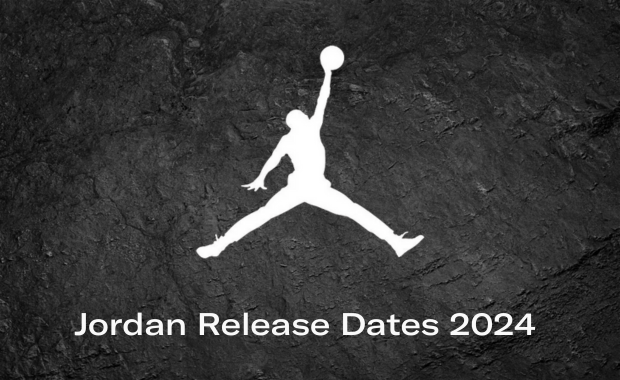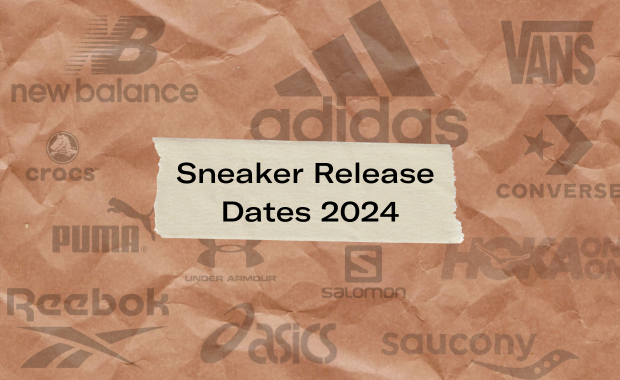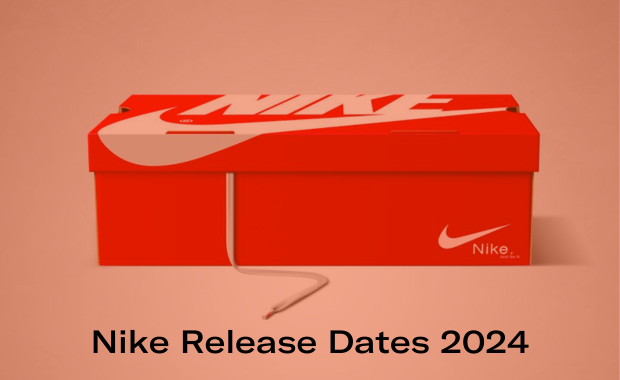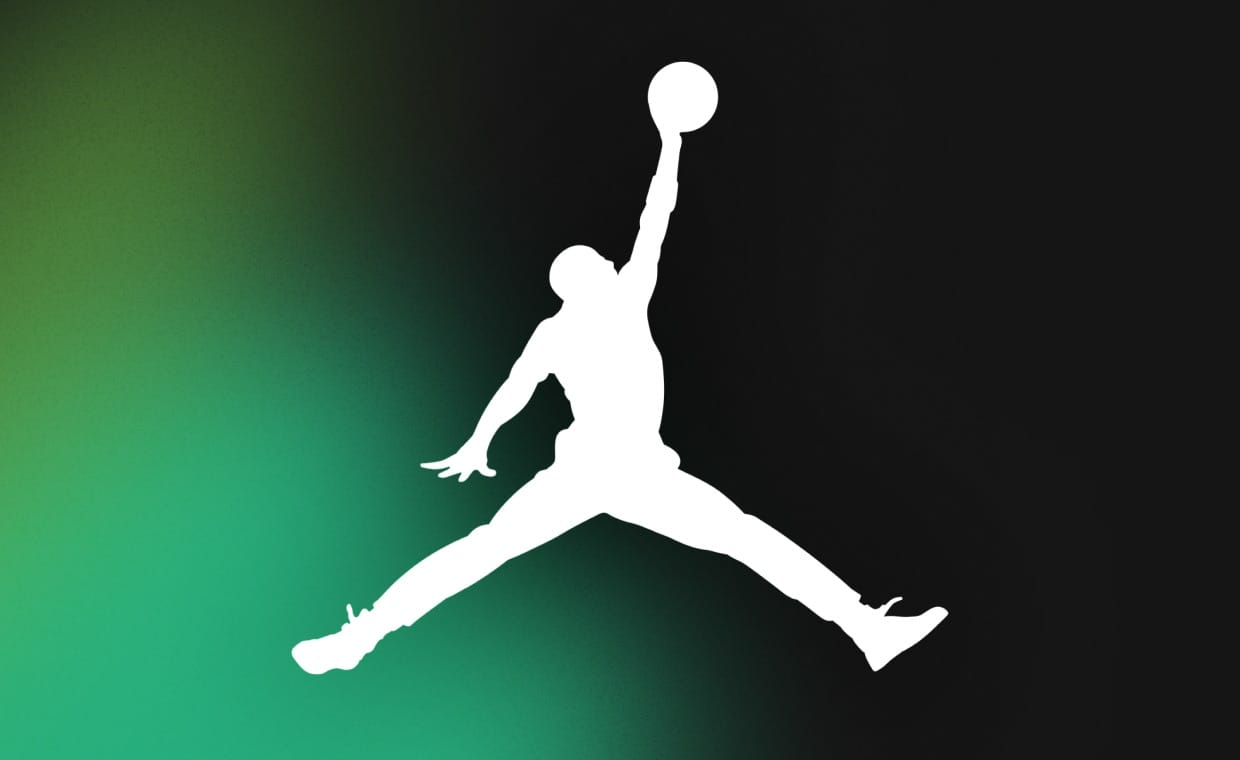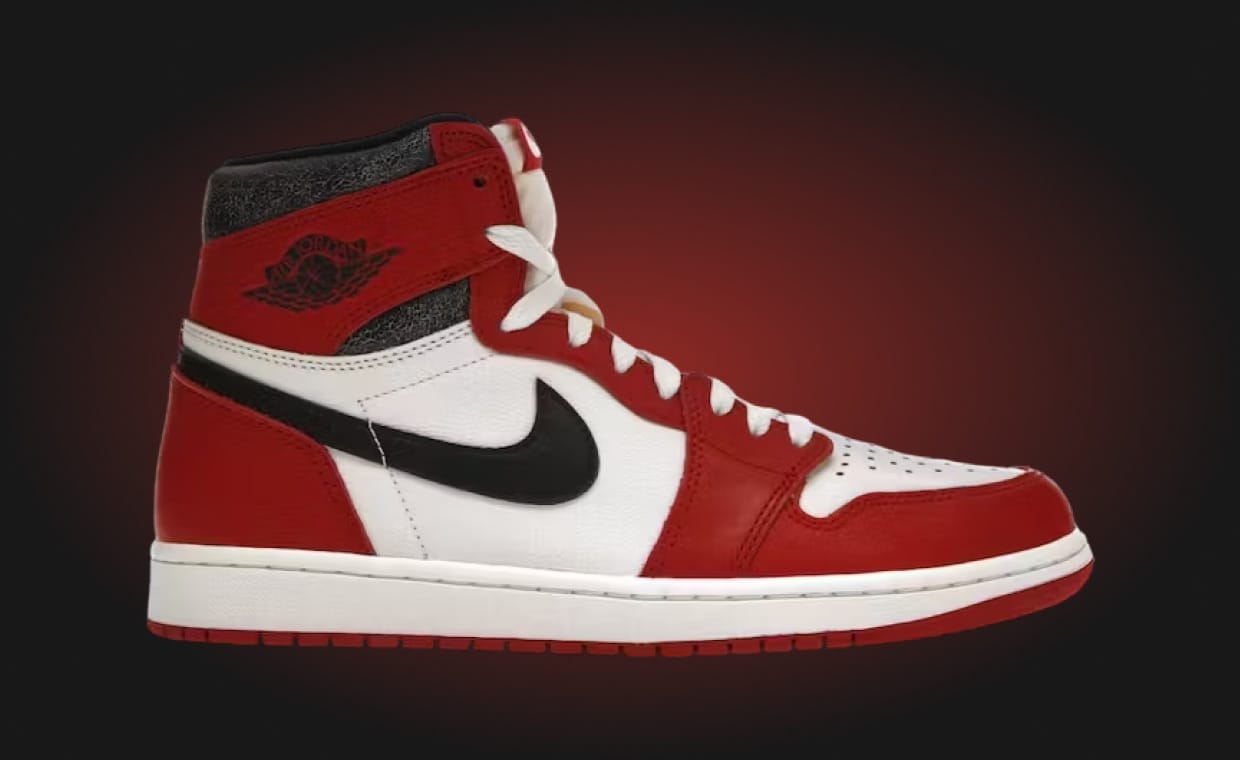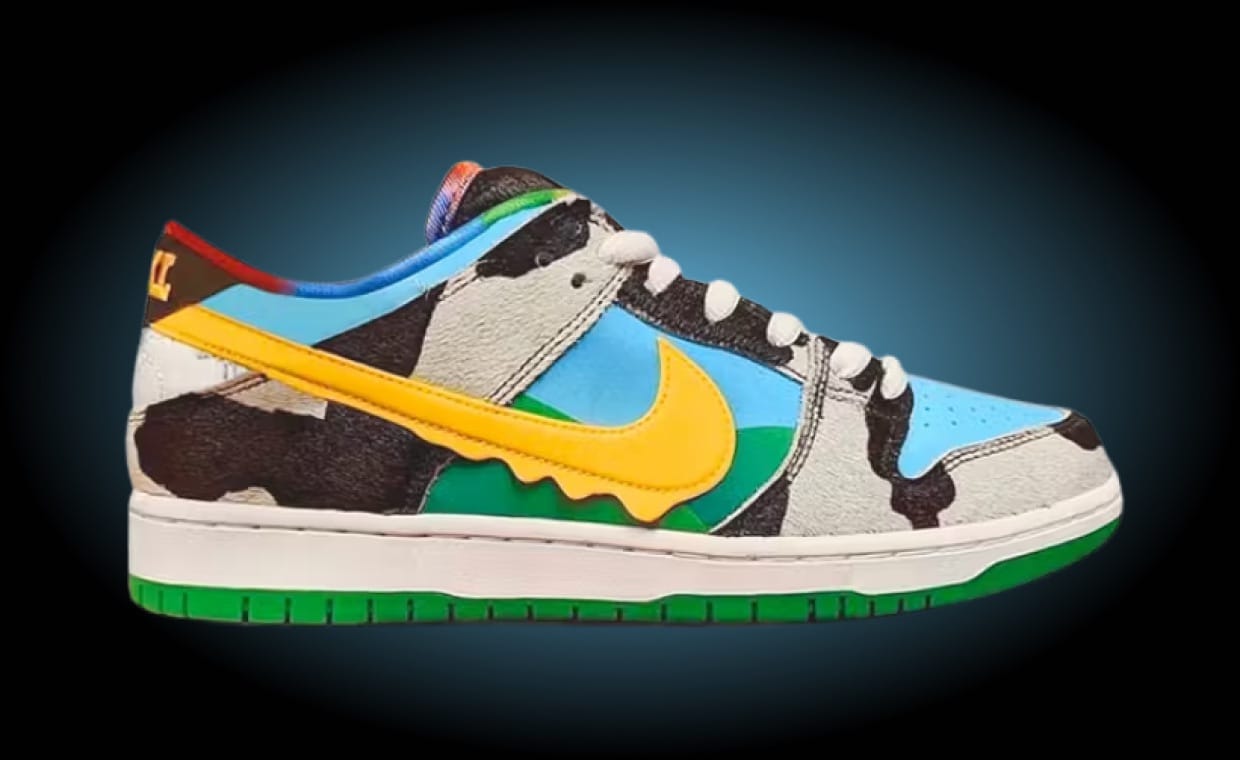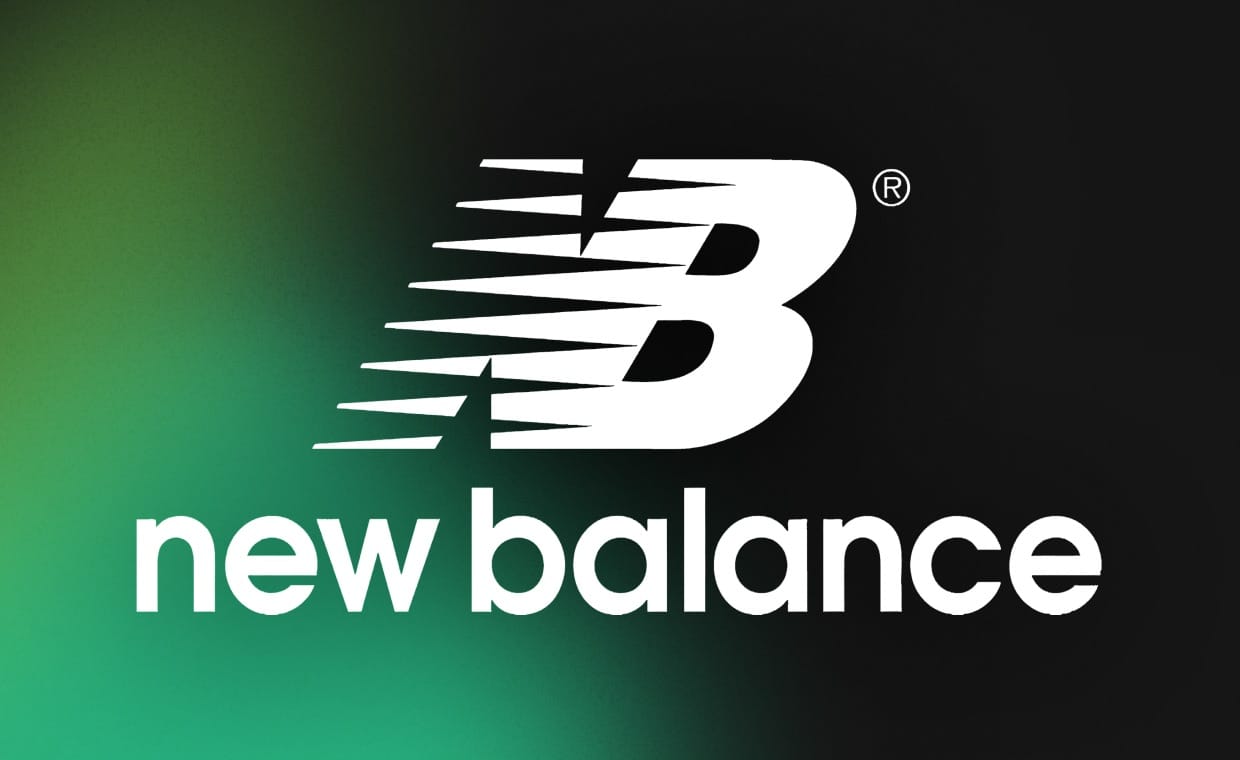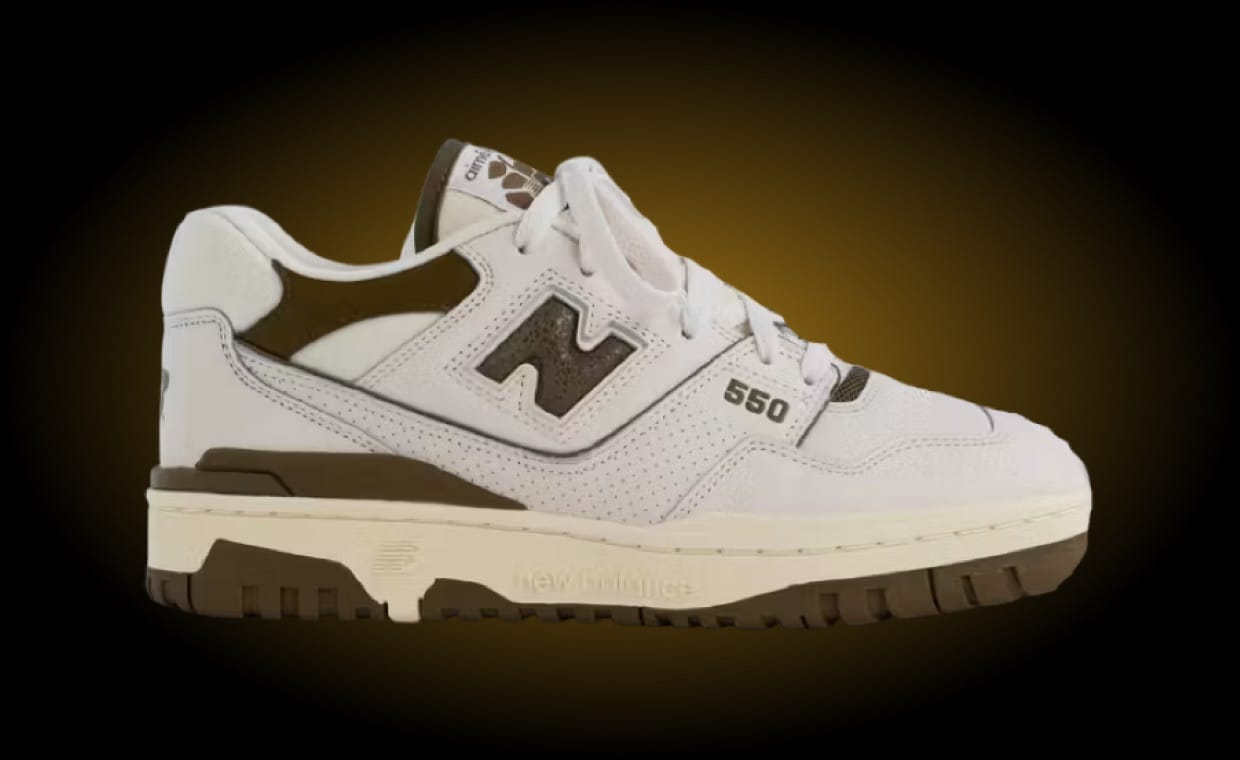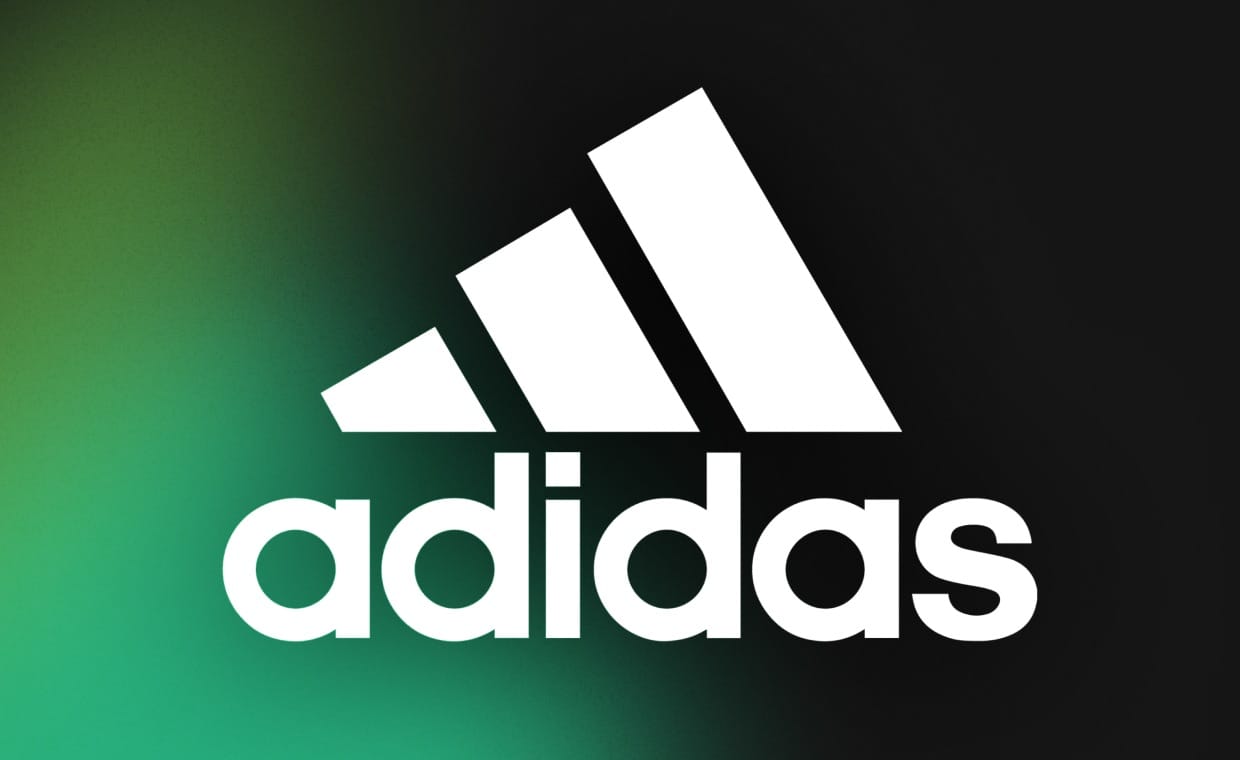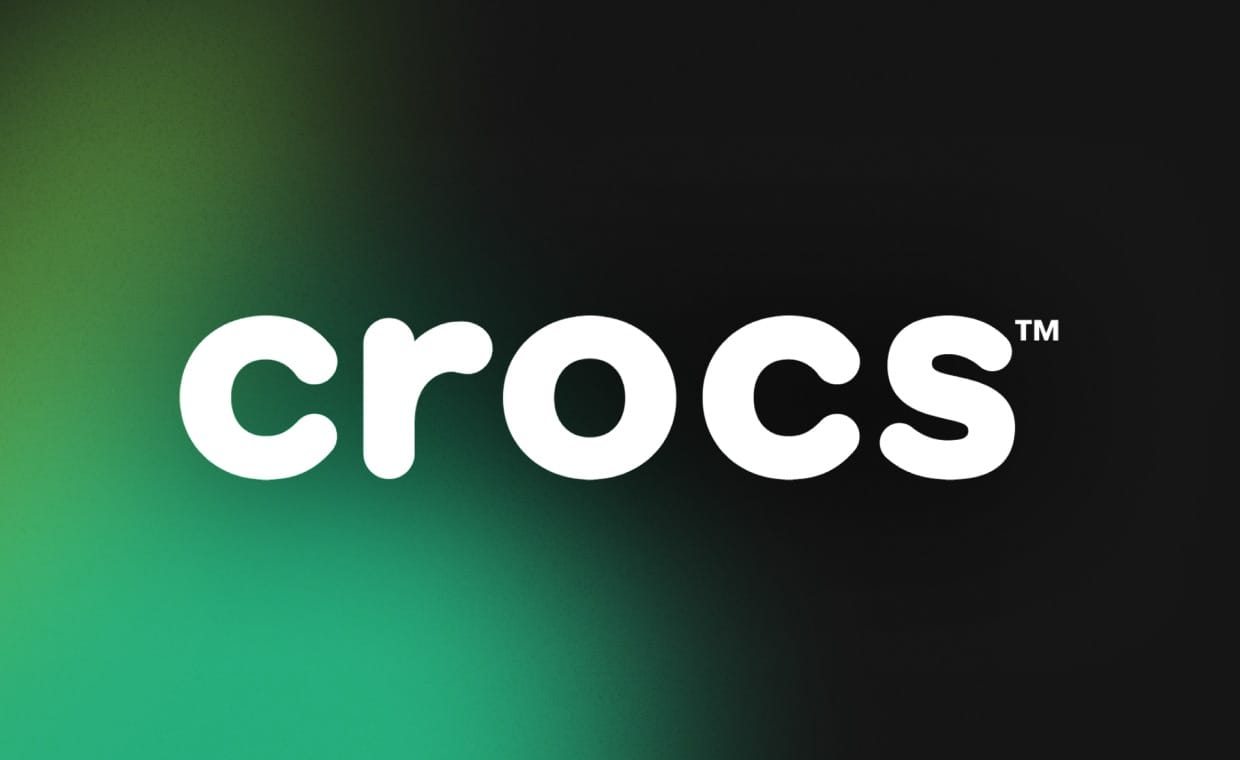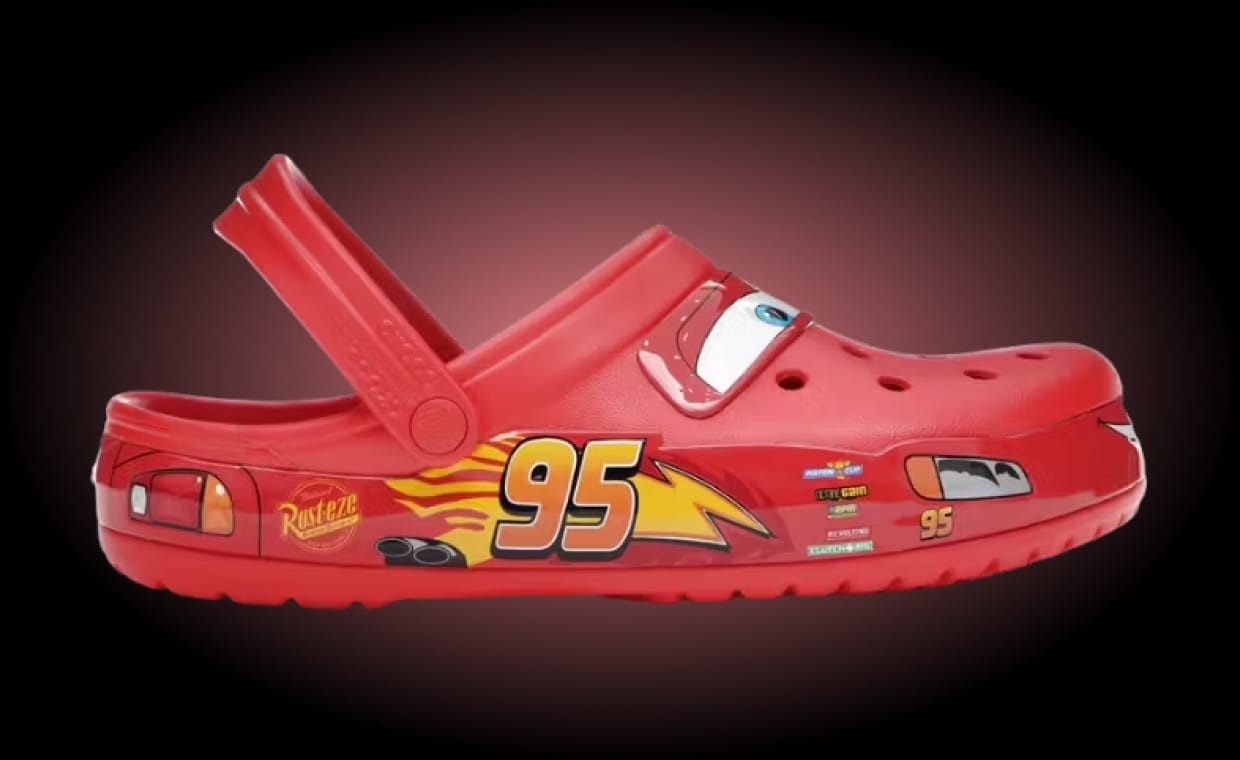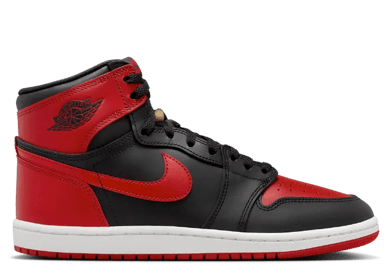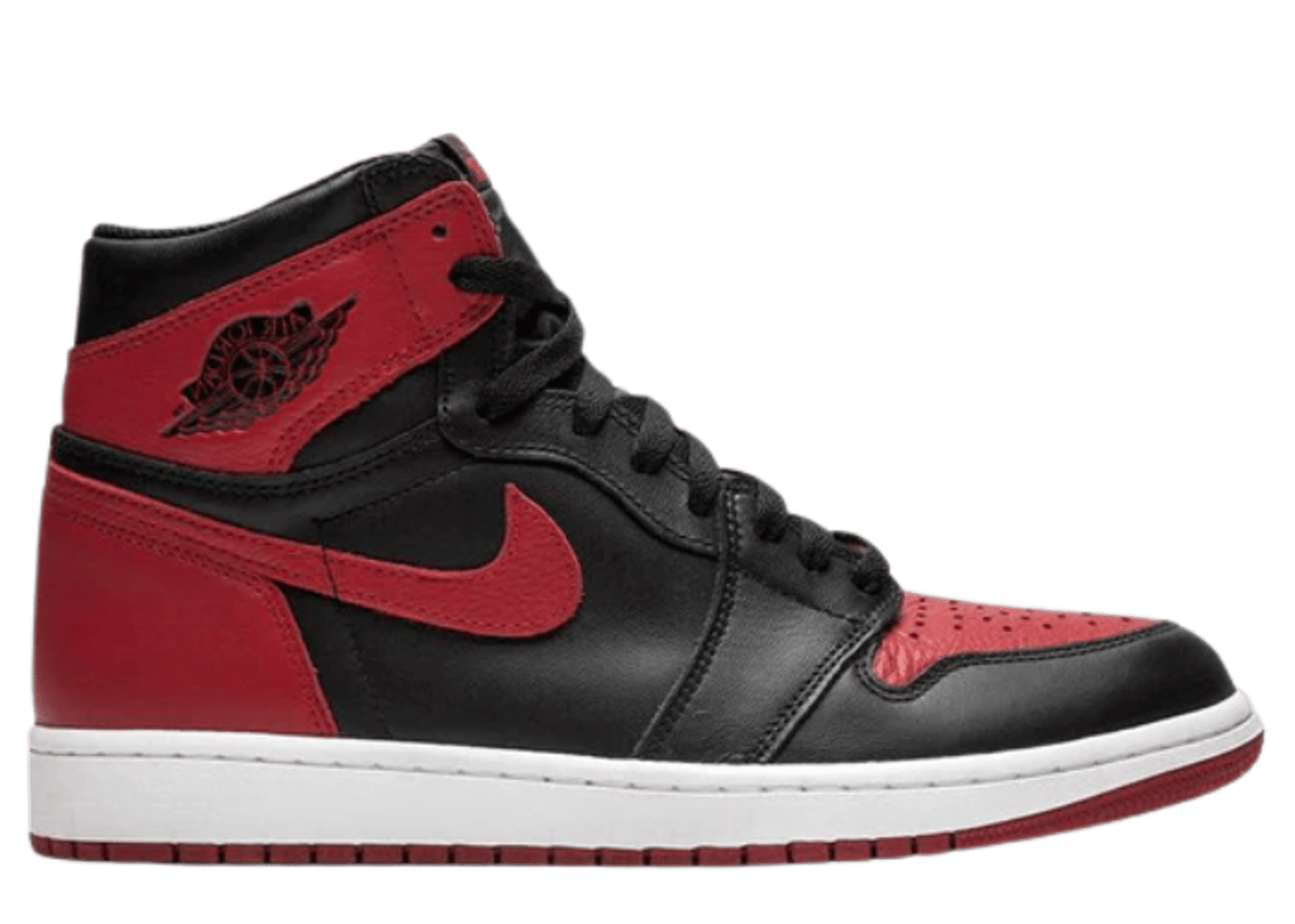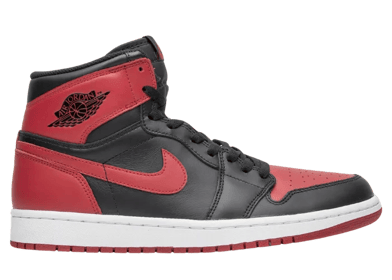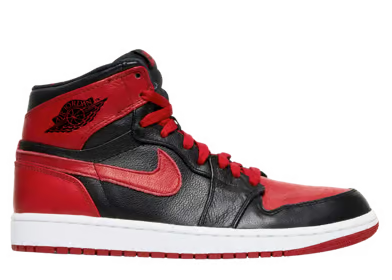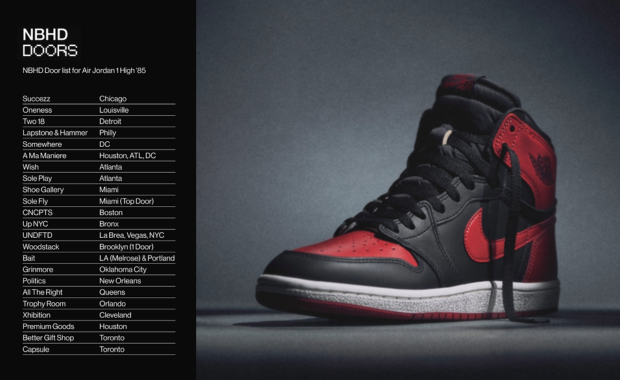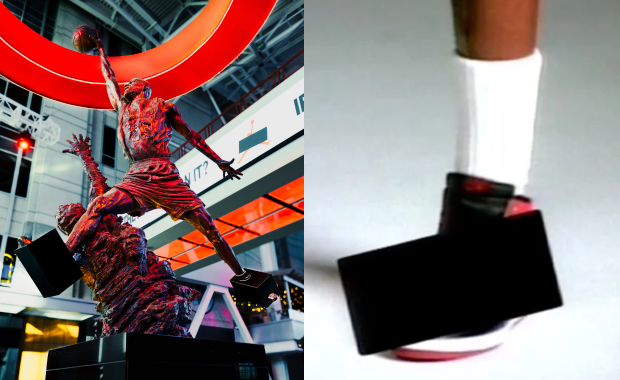The Story Behind the Banned Air Jordan 1 Bred And History of the Sneaker
Published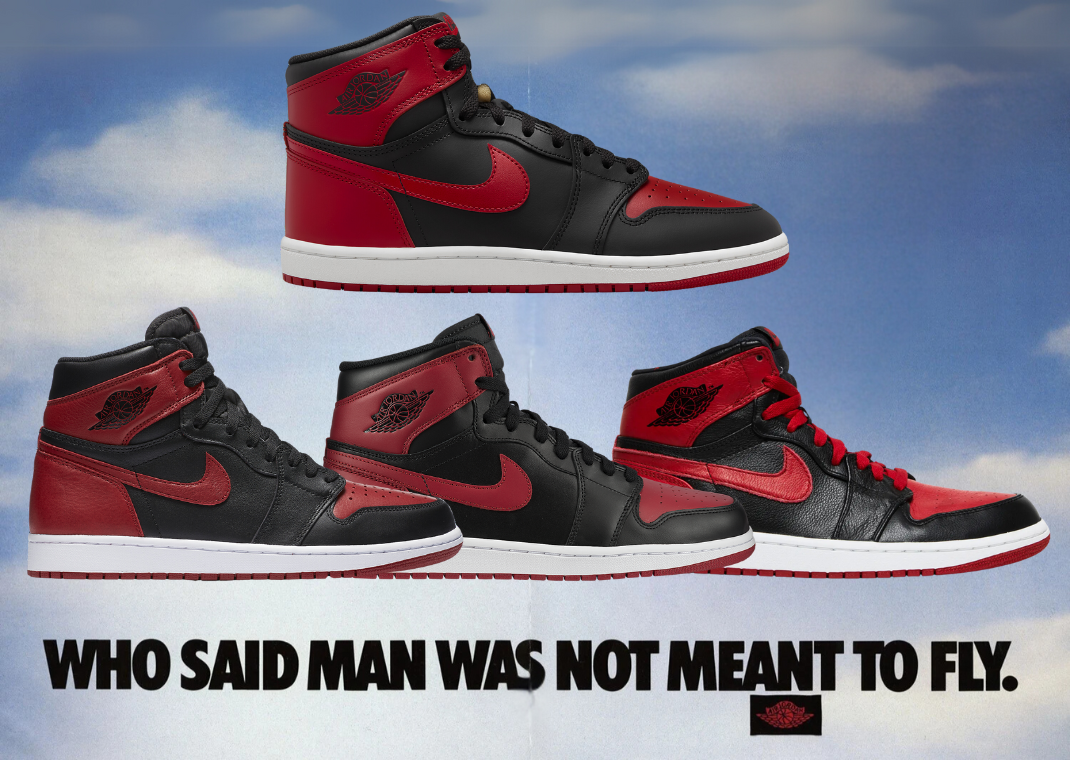
Sneaker culture would not exist, at least to the level it is today if it weren’t for Michael Jordan. The man many consider the GOAT in basketball played a pivotal role in creating sneaker culture with his Air Jordan series, starting with the Air Jordan 1 in 1985. The allure around the Jordan 1 was tied to both MJ’s playing abilities and the now infamous story of the NBA “banning” the sneaker in its original black and red (Bred) colorway, which Jordan Brand is leaning into heavily as the label celebrates the 40th Anniversary of the AJ 1 with the upcoming release of the Air Jordan 1 High ‘85 Bred.
The Real Story Behind the “Banned” Narrative
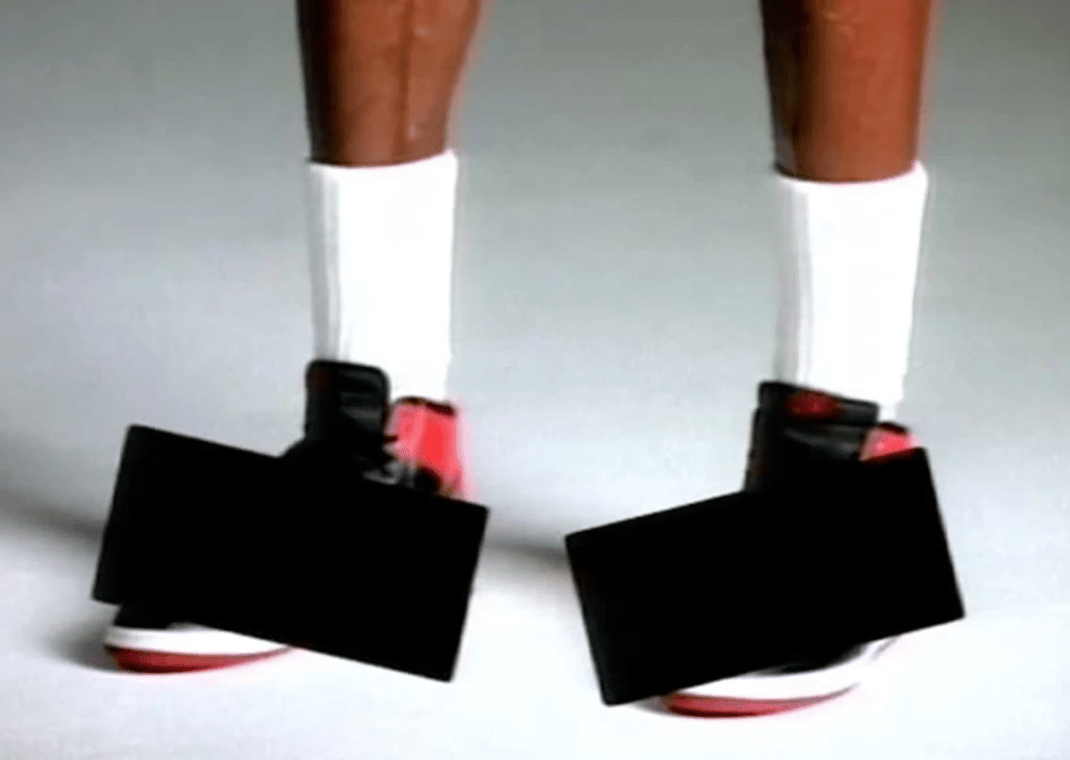
Let's set the record straight: The NBA never banned the Air Jordan 1. This widely accepted story is one of Nike's greatest marketing moments, and to this day, the brand and even consumers take part in a kayfabe that keeps the myth alive. In actuality, the league imposed a fine on Jordan for wearing a pair of Nike Air Ships, what many refer to as "the one before the 1," as the black and red color scheme went against the policy that stated sneakers worn by athletes have to be at 51% white and match the shoes worn by teammates.
The widely accepted story is that on October 18, 1984, the NBA banned the Jordan 1 and charged MJ $5,000, which Nike paid to allow him to continue wearing the shoes on the court. While this is partially true, the fine paid was only $1,000 (approx $3,000 adjusted for inflation), and the NBA warned that repeat violations would result in Jordan being suspended. On top of this, MJ would debut the Air Jordan 1 a month later, on November 17, 1984, in a game against the Philadelphia 76ers.
In Nike's eyes, the story of the fine was the perfect marketing opportunity for their new signature athlete. Telling the world that the corporate “bad guys” wanted to stop MJ from expressing himself and being his greatest resonates with consumers, making the product out to be a symbol of rebellion. As we all know, if someone says you can’t have something, you want it even more. The ad spot plays into these emotions perfectly, with the announcer stating that even though the NBA “threw them out of the game,” the league “can’t stop you from wearing them.”
The Air Jordan 1’s Success
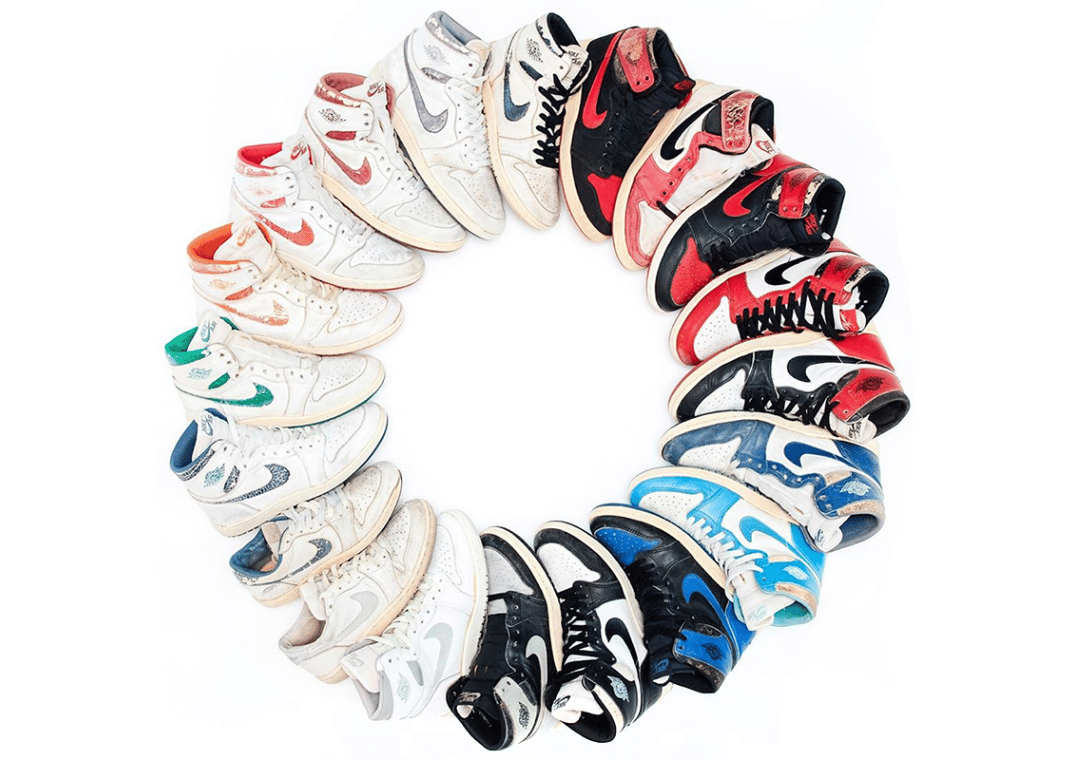
Jordan's rookie season and illustrious NBA career are forever tied to the sneakers he laced on the court. Along with other late '80s and '90s star athletes, he was part of the rise of athlete-driven sneaker endorsements. Before this, athletes across sports like tennis, football, basketball, and baseball attached their names to products produced by brands that sponsored them, but none had the success Jordan had. Originally expected to generate around $3 million in sales, the Air Jordan 1 generated $70 million in sales in its first two months and $100 million by the year's end.
The Air Jordan 1 went out of production shortly after the Air Jordan 2 hit the market in 1986, but Nike would retro the model in 1994. During the sneaker's original 1985 run and its 1994 retro, pairs of Jordan 1s were hitting sales bins worldwide for as low as $20, but today, a pair of 1985 or 1994 Air Jordan 1s can cost thousands of dollars on the aftermarket. Although things may have looked grim for the sneaker then, its original run laid the groundwork for what sneaker culture has become, influencing collectors and designers to enter the sneaker world.
The sneaker recovered and regained its status during future retros, with the model being a staple part of the first half of the 2020s.
History of Bred Jordan 1 Retros
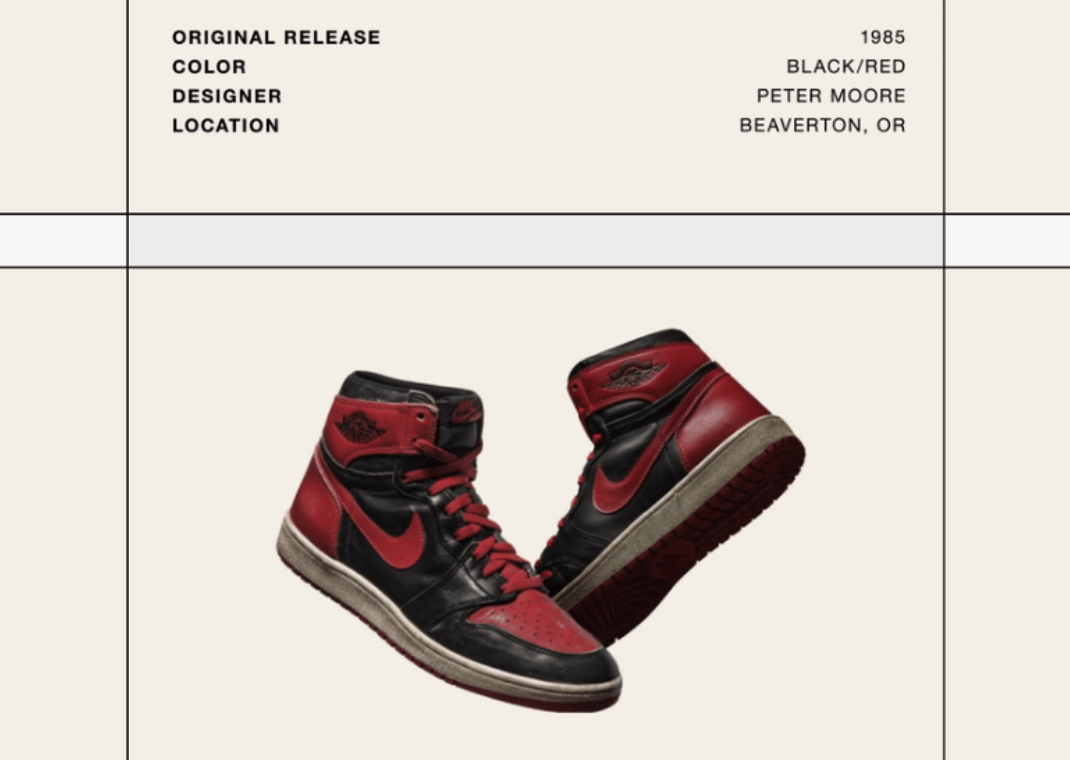
The Bred colorway of the Jordan 1 has stayed in constant rotation for Jordan Brand, released six times as a retro in 1994, 2001, 2009, 2011, 2013, and 2016. The '94 retros are still sought after today and helped influence the newer shape of the standard Jordan 1 High OG that started with the Lost and Found colorway in 2022. However, the 2001 retro is more in line with what we consider the Jordan 1 Mid today, as Jordan Brand altered the collar's shape and the sneaker's structure.
Retros from 1994 and 2001 featured original Nike Air branding. However, the 2009 Bred (aka Bulls), part of the Defining Moments Pack released in a two-pack featuring the Celtics colorway, was the first to come with Jumpman branding, something purists and collectors disliked. Two years later, in 2011, Jordan Brand leaned back into the “banned” history by dropping the sneaker with a red “X” on the heel, the date the NBA fined MJ, October 18, 1985, on the sockliner, and lines from the original banned commercial on the insole.
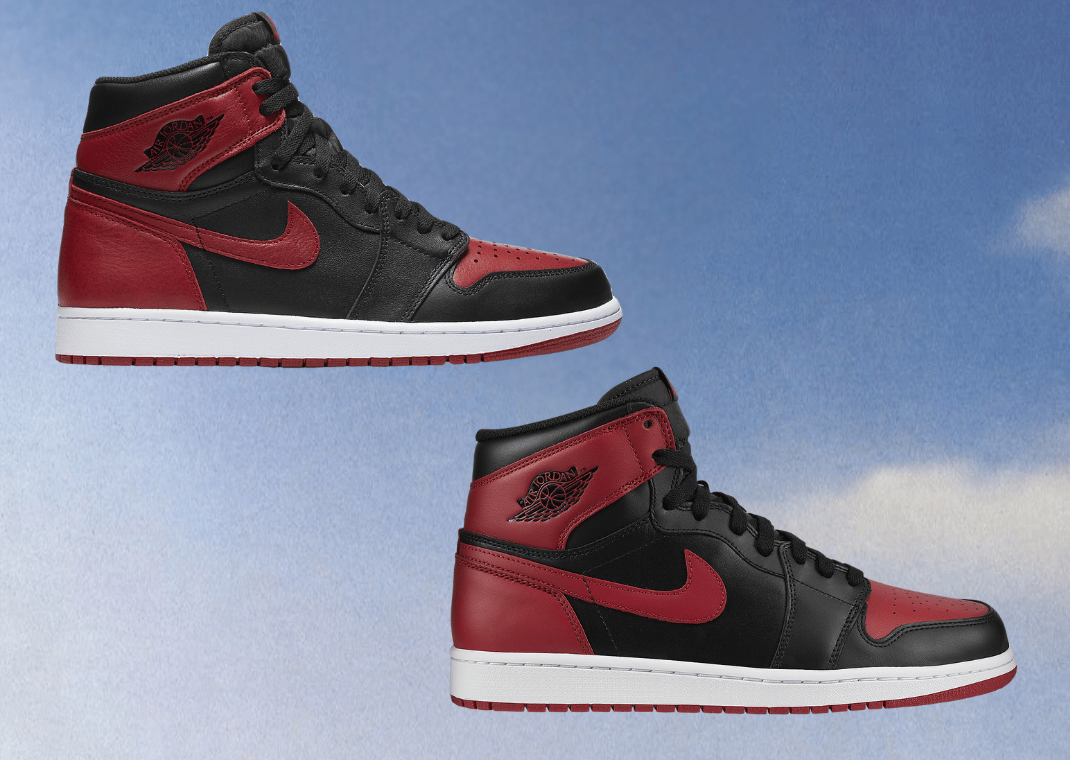
Two years after this "banned" version, in 2013, the Bred returned without the storytelling details and came with Nike Air on the tongue, the first time it came with the original branding since 2001. This release came as Jordan Brand introduced the Jordan 1 High OG silhouette, which fixed some of the "issues" that persisted in Jordan 1 retros since the shape changed in 2001 by bringing it closer to the original than ever before. In 2016, the most accurate (for the time) version of the Air Jordan 1 High Bred was released.
These six retros are not the only times Jordan Brand has brought us the black and red colorway on the Jordan 1. The other versions, including the Strap Bred from 2008, AJKO from 2012 and 2015, Satin Bred from 2016 and 2023, the Flyknit from 2017, and the Patent Bred from 2021, all changed the sneaker's material makeup, separating them from the more traditional retros. In 2025, a Jordan 1 High Bred version is as close to the original as possible — the Air Jordan 1 High 85 Bred.
Introduced in 2020 as part of the New Beginnings Pack, which included a PE version of the Jordan Air Ship and a White Varsity Red Jordan 1, the Jordan 1 High ‘85 was the closest in shape and construction to the original 1985 Air Jordans ever produced. Every year, we would receive one colorway on the sneaker, with OG colorways like Neutral Grey, Black White, and Metallic Burgundy hitting shelves.
2025’s 40th Anniversary Celebrations
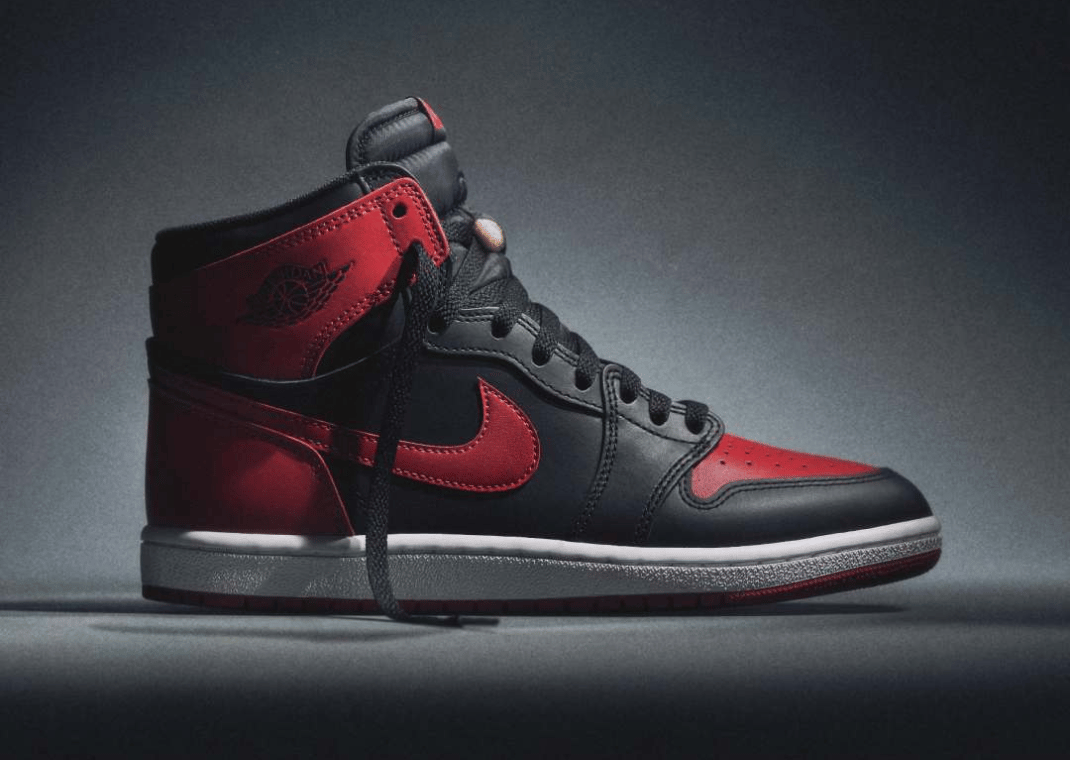
Jordan Brand's mission was to get even closer to the original 1985 version of the Jordan 1 to help celebrate the model's 40th birthday, and they achieved this with the Bred colorway. The mold is slightly different compared to other '85 Jordans, with details like the tongue's foam composition and the thickness of the leather being obsessed over to accurately resemble a pair of Jordans from 40 years ago.
While the "Banned" story is more myth than reality, the marketing efforts for this new Jordan 1 High '85 release (and the 40th-anniversary celebrations) heavily lean into this narrative. Jordan Brand has been “banning” Jordan 1s on Nike’s website, on the shoes on MJ’s statue, and has issued fines around Nike’s headquarters to employees wearing Jordans — even brand executives. Making the release in the US even more special is that only 23 retailers will be releasing the sneaker, with many retailers hosting locals-only raffles and rewarding loyal customers with access to purchase the pair.
In an era where sneaker culture has shifted from in-person releases, lineups, and gatherings of locals to an online event that sees the fastest internet connections and the best software as the ultimate deciding factor in who secures pairs, the rollout and marketing around the Jordan 1 High ‘85 Bred is a reminder of a time when love for sneakers was built on the thrill of the chase. For those in the US, many retailers have begun to conduct raffles and have released pairs, but there are still opportunities to secure a pair of the Jordan 1 High ‘85 Bred. Check out our where-to-buy guide and raffle page to see where you can cop a pair of the Jordan 1 Bred ‘85s.
Download the Sole Retriever mobile app for more updates on the Air Jordan 1 and the latest happenings in the sneaker and streetwear world.
In this article

Sneakerhead from South Florida who turned his passion into a career. When not writing for Sole Retriever, I enjoy attending concerts and catching the latest movies. Email: nick@soleretriever.com
